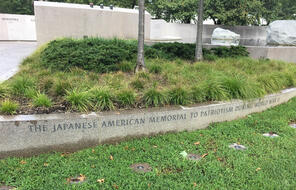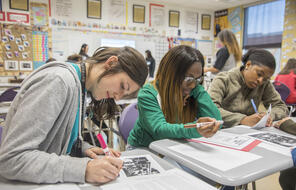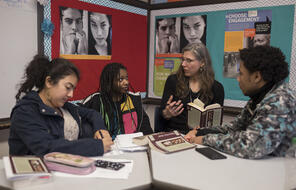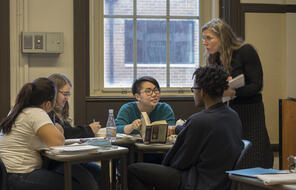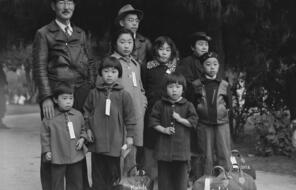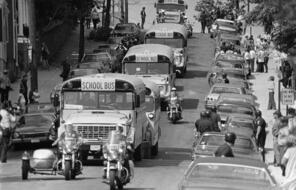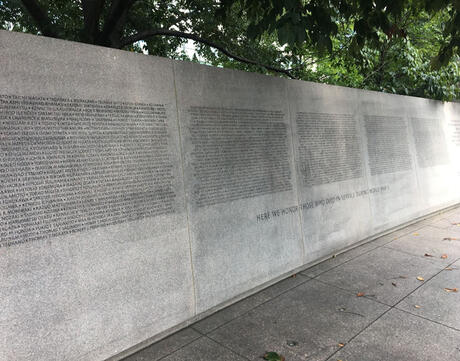
Monuments to Japanese American Incarceration
At a Glance
Language
English — USSubject
- Civics & Citizenship
- History
- Social Studies
Grade
6–12Duration
One 50-min class period- Culture & Identity
- Racism
- Human & Civil Rights
Overview
About This Lesson
In this lesson, students will work with partners to explore different monuments to Japanese American incarceration during World War II, or what has historically been referred to as “internment.” Students will consider the monuments’ design, emotional impact, and purpose. They will also draw connections to George Takei’s young adult memoir They Called Us Enemy.
Lesson Plans
Activities
Materials and Downloads
Quick Downloads
Download the Files
Resources from Other Organizations
Additional Resources
Unlimited Access to Learning. More Added Every Month.
Facing History & Ourselves is designed for educators who want to help students explore identity, think critically, grow emotionally, act ethically, and participate in civic life. It’s hard work, so we’ve developed some go-to professional learning opportunities to help you along the way.
Exploring ELA Text Selection with Julia Torres
On-Demand

Working for Justice, Equity and Civic Agency in Our Schools: A Conversation with Clint Smith
On-Demand

Centering Student Voices to Build Community and Agency
On-Demand


